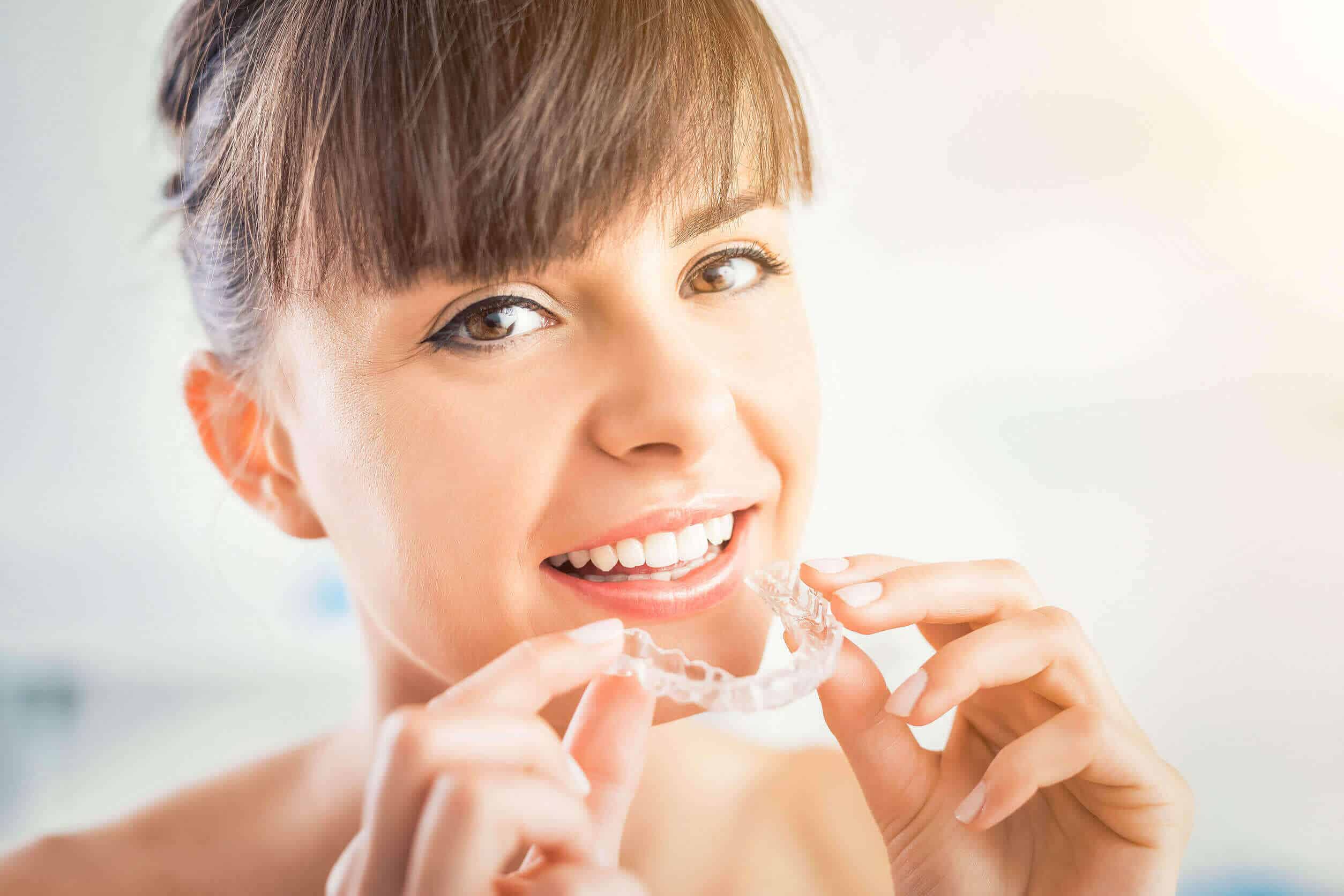
Why Cleaning Your Mouthguard Is So Important
Keeping your mouthguard clean is essential to minimizing bacteria and germs. Your body has a high level of good bacteria present, including some in your mouth—expose your mouthguard to these elements and it becomes a breeding ground for any other bacteria in the area. This worsens if there are foot particles – even those you cannot see – present.
That, though, is just the beginning. Poor maintenance also cuts the life expectancy of your mouthguard considerably. This can lead to frequent replacements—and frequent replacement costs.
Steps to Cleaning Your Mouthguard
#1. Get Your Mouthguard Clean First
You shouldn’t use most kinds of toothpaste to clean your mouthguard—most toothpastes contain ingredients that are too harsh. However, you can use baking soda and water or an organic toothpaste to brush the mouthguard itself. Aim to do this daily after you take it out of your mouth. You also want to wash out your mouthguard case at this time.
There are several ways you can keep your mouthguard clean. You can also:
- Soak it in an antiseptic mouthwash for a few minutes.
- Brush it with a mild toothpaste. One that doesn’t contain harsh chemicals can be helpful.
- You can use mild soap and warm water to wash it off.
- Other products can help, including hydrogen peroxide and vinegar.
Always know what the manufacturer recommends, too. In some cases, the material of the mouthguard may discolor or become damaged if you use some types of cleaners.
Dr. Harrison and the SOS team has been extremely professional yet warm and welcoming on every visit. My daughter’s orthodontic treatments are coming along wonderfully & I’m grateful for the entire process.
#2. Keep It Dry
#3. Store It in a Hard Case
#4. Replace It When There Is Damage
Why It Matters
Your mouthguard is there to protect your teeth and improve your smile. If it’s damaged or discolored, it cannot work properly, exposing your teeth to increased risks, especially if there’s a lot of bacteria buildup. Simple cleaning methods like this work well to minimize all of those risks.
Ready for a new mouthguard? Schedule a consultation with SOS Braces today.
Share this Post
